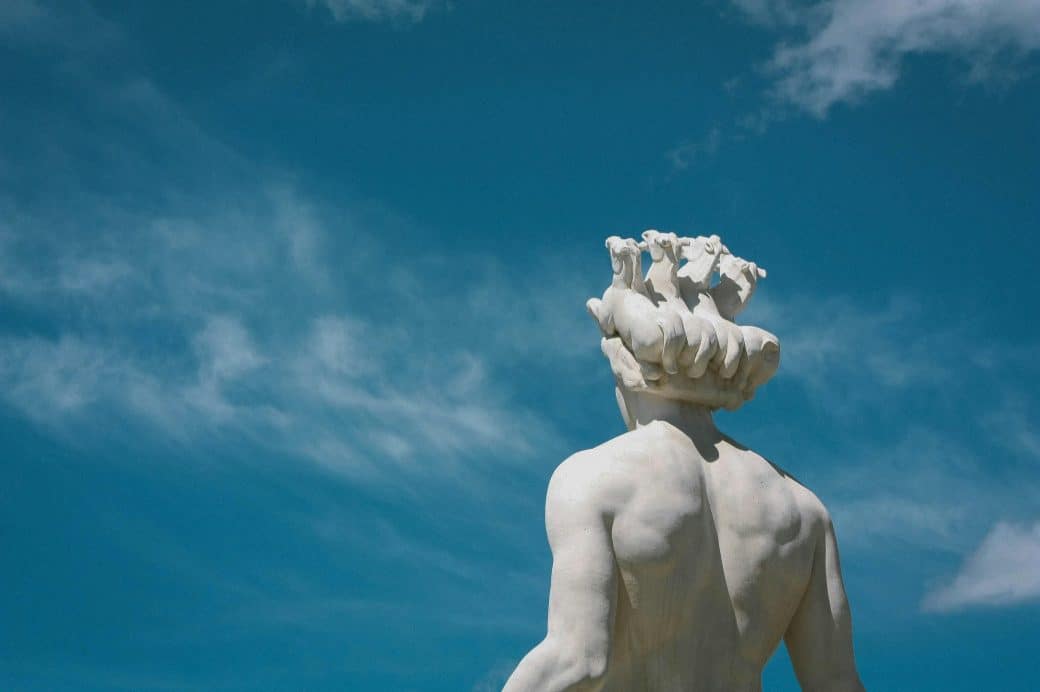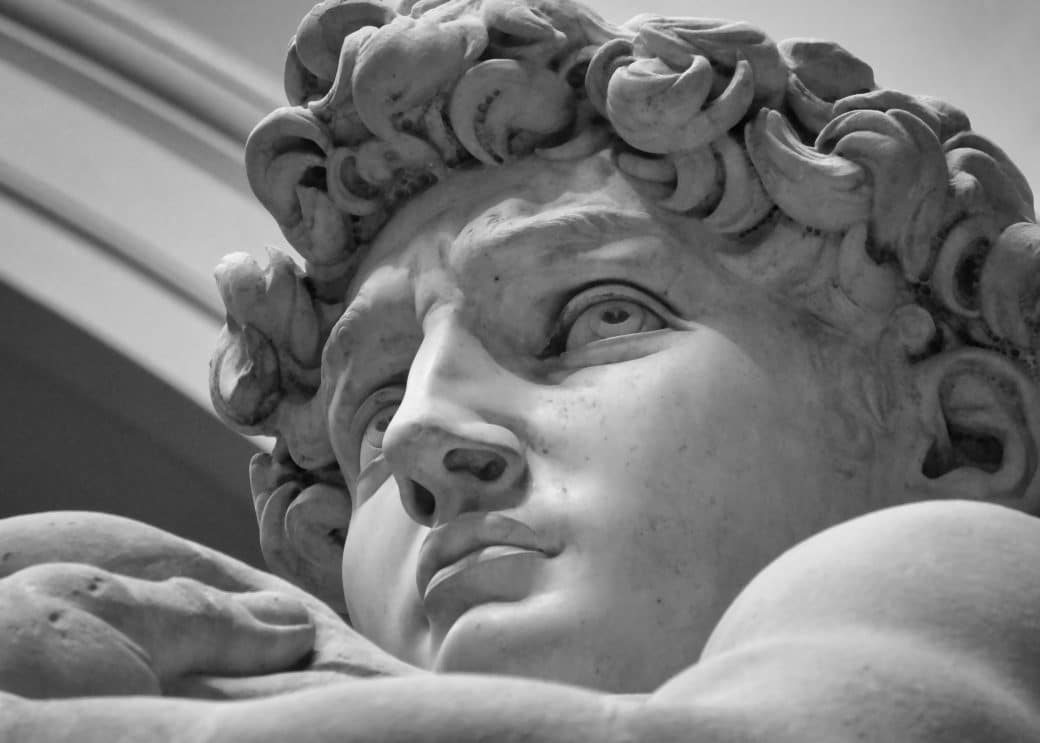I’ve always been fascinated by the world of art, especially when it comes to the bold and emotive realm of abstract expressionist sculpture. It’s like stepping into a dream where shapes and forms play by their own rules, steering emotions and thoughts in directions I never expected. In “Unveiling The Masterpieces: An In-Depth Exploration of Abstract Expressionist Sculpture,” I’m taking you with me on a journey to the heart of this captivating art movement. We’ll get up close with the groundbreaking works and the brilliant minds behind them, exploring the depths of their creativity and the lasting impact these sculptures have made on the art world. So, let’s embark on this adventure together and unravel the stories etched in metal, stone, and everything in between.

Understanding Abstract Expressionism
Abstract expressionism has always fascinated me, not just as an art movement, but as a profound shift in the way we conceive art. It’s like breaking free from the traditional confines, and my journey into understanding it has been nothing short of revelatory.
Origins and evolution of abstract expressionism
This movement caught the world’s eye primarily in the 1940s and 1950s, originating in New York. It was a turbulent time, and these artists chose to channel their emotions and subconscious onto canvas and sculpture, moving away from recognizable forms. It’s interesting how it mirrored the era’s complexities, drawing from surrealism and early modernism, evolving into a unique blend that emphasized free, expressive, and often spontaneous creation.
Key characteristics and principles
The more I delved into abstract expressionism, the more I found its core principle to be freedom—freedom from representational accuracy, freedom to express emotions and inner turmoil. Its distinct feature is its encouragement of spontaneity and accident within the creative process, pushing the boundaries of color, form, and scale to express something far beyond the visual.
Influence on later art movements
It’s fascinating to see how abstract expressionism paved the way for several later movements. Its expressive freedom influenced minimalism, pop art, and contemporary sculpture, shaping the art landscape in significant ways by challenging artists to explore new avenues of expression and concept.
Prominent Artists of Abstract Expressionist Sculpture
The sculptural aspect of abstract expressionism is something that particularly draws me in, with artists like David Smith, Isamu Noguchi, and John Chamberlain standing out.
David Smith: his life and works
David Smith was a pioneering figure in American abstract expressionist sculpture. His innovative use of welding to create large, metallic compositions was groundbreaking. His ‘Cubi’ series, which I’ll touch on later, exemplifies his mastery in transforming industrial materials into fluid, dynamic forms.
Isamu Noguchi: his contribution to abstract sculpture
Isamu Noguchi blurred the lines between sculpture, gardens, furniture, and lighting designs, revealing the interconnectedness of art and life. His work, characterized by a delicate balance between the man-made and the natural, introduced a new dimension to abstraction, inviting viewers into a contemplative, spatial experience.
John Chamberlain’s impact and unique technique
John Chamberlain brought something entirely different to the table with his work. By compressing and welding together discarded car parts, he created vibrant, dynamic sculptures that echo the energy and chaos of post-war America. His technique emphasizes the beauty in the discarded, transforming it into something new and poignant.

Distinguishing Features of Abstract Expressionist Sculpture
The sculpture within abstract expressionism is marked by certain defining features.
Abstraction and non-objectivity
These sculptures abandon the need to represent the world realistically, focusing instead on conveying emotion and concept through abstract forms. This non-objectivity is liberating, providing endless possibilities for interpretation.
Large scale and physicality
There’s something awe-inspiring about the scale of many abstract expressionist sculptures. Their sheer size and boldness command space, inviting the viewer to experience the artwork physically, moving around and even through it, engaging all senses.
Emphasis on individual expression
At the heart of abstract expressionist sculpture is the celebration of the individual artist’s expression, their unique vision and emotional state. This emphasis makes each piece deeply personal, yet universally resonant.
Techniques and Materials in Abstract Expressionist Sculpture
The unconventional approaches to sculpting are as varied as the artists themselves.
Welding and assemblage
Welding allowed artists like David Smith to experiment with form in groundbreaking ways, while assemblage techniques, used by artists like John Chamberlain, repurposed existing materials to create something entirely new.
Use of found objects and non-traditional materials
The use of found objects challenges traditional notions of what materials are appropriate for art, opening up a dialogue about value, decay, and rebirth. It’s a principle that has always intrigued me for its subversive potential.
Experimentation with form and space
Abstract expressionist sculptors played with form and space in innovative ways, breaking from traditional structures to explore how an artwork can transform, and be transformed by, its environment.

Noteworthy Abstract Expressionist Sculptures
Some pieces stand out for their iconic status and impact.
David Smith’s ‘Cubi’ series
Smith’s ‘Cubi’ series is a marvel in stainless steel, reflecting light and space in a dance of geometric form and abstract beauty. Each piece in the series feels like a distinct character, engaging in silent conversation with the viewer.
John Chamberlain’s ‘Scull’s Angel’
Chamberlain’s ‘Scull’s Angel’ typifies his technique and vision, with crushed car parts creating a complex, textured surface that vibrates with color and energy. It’s as if he captures a moment of impact, forever frozen in metal.
Isamu Noguchi’s ‘The Cry’
‘The Cry’ by Noguchi is particularly moving, its sleek, abstract forms conveying a depth of emotion that belies its simplicity. It speaks to the power of minimal forms to express complex human states.
Impact of Abstract Expressionist Sculpture on the Art Landscape
Influence on minimalism and contemporary sculpture
Abstract expressionism’s emphasis on material, form, and the act of creation itself has profoundly influenced minimalism and contemporary sculpture practices, encouraging artists to strip down their work to the essence of expression and idea.
Significant contribution to public and outdoor art
Many abstract expressionist sculptures find their home in public spaces, their large scale and interactive nature engaging with viewers outside the traditional gallery setting. This has transformed public spaces into arenas of art discourse and experience.

Exploring the Critique of Abstract Expressionist Sculpture
Controversies and criticisms
Like any movement, abstract expressionism faced its share of critique, from accusations of promoting form over content to debates on its commercialization. These discussions are crucial in understanding its impact and evolution.
The debate on form versus content
The balance between form and content in abstract expressionism is a contentious issue. Critics argue that its emphasis on form can detract from the profundity of content, while proponents see this focus as a vehicle for deeper expression.
The importance of context in abstract expressionist sculpture
Context—be it historical, cultural, or spatial—plays a significant role in interpreting abstract expressionist sculptures. Without it, we risk missing the nuanced dialogues these works engage in with their surroundings and the viewer.
Gender in Abstract Expressionist Sculpture
Role and representation of female artists
The exploration of gender dynamics within the abstract expressionist movement reveals a complex picture. Female artists often struggled for recognition, their contributions overshadowed by their male counterparts.
Gender dynamics in the abstract expressionist movement
However, the movement also provided a platform for challenging traditional gender roles, with artists like Louise Nevelson using sculpture to assert their vision and authority in a male-dominated field.
Understanding the Commercial Aspects of Abstract Expressionist Sculpture
Market trends and value
The art market has witnessed a fluctuating interest in abstract expressionist sculpture, with peaks reflecting broader cultural interests in the movement. Its value not just in monetary terms, but as a significant part of art history, continues to intrigue collectors and enthusiasts.
Collecting abstract expressionist sculpture
For collectors, acquiring pieces of abstract expressionist sculpture goes beyond investment. It’s about preserving a moment in art history that broke boundaries and redefined what art could be.
Preserving and Exhibiting Abstract Expressionist Sculpture
Conservation challenges and techniques
The varied materials and techniques used in abstract expressionist sculpture present unique conservation challenges. Preserving these works for future generations requires innovative approaches and dedication.
Significant exhibitions and collections
Exhibitions dedicated to abstract expressionist sculpture offer a profound insight into the movement, showcasing the diversity and depth of its artists. They provide an opportunity for viewers to engage directly with these monumental works, continuing the dialogue between art and observer.
In exploring abstract expressionist sculpture, I’ve found not just an art movement but a profound commentary on creativity, materiality, and expression. Its legacy, marked by bold innovation and deep introspection, continues to inspire and challenge our perceptions of art and its place in the world.



